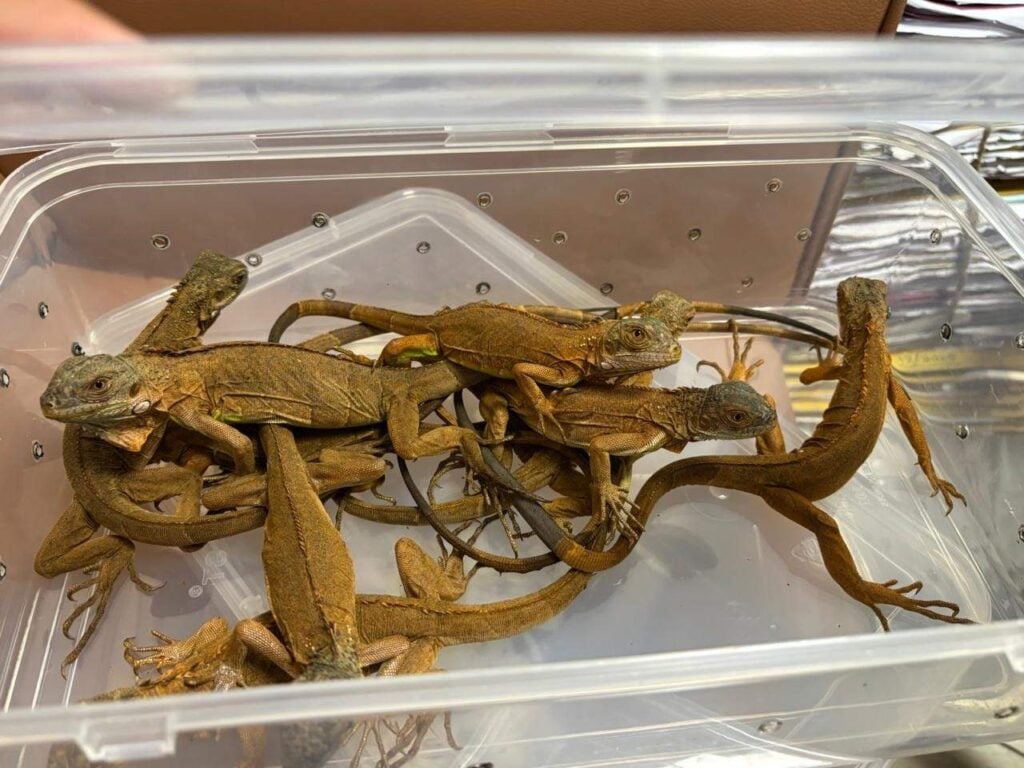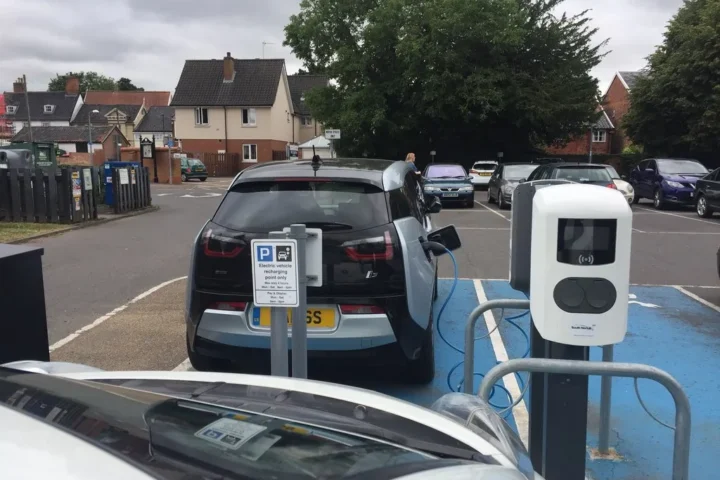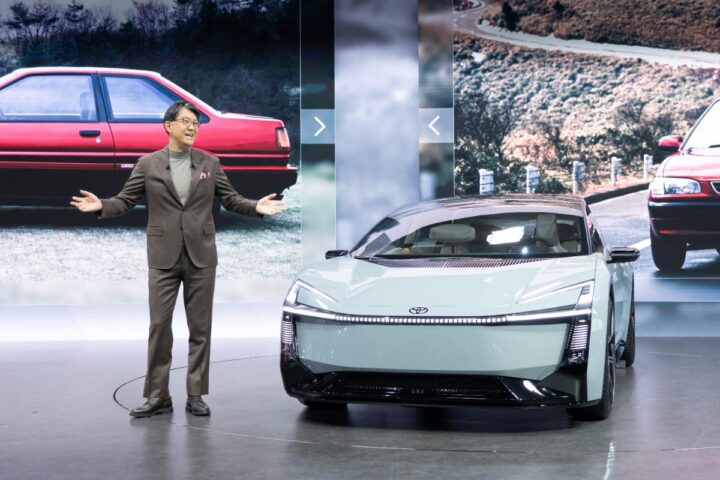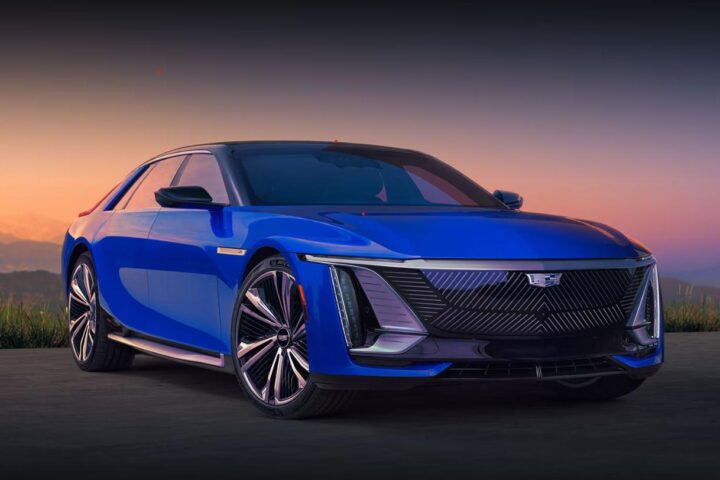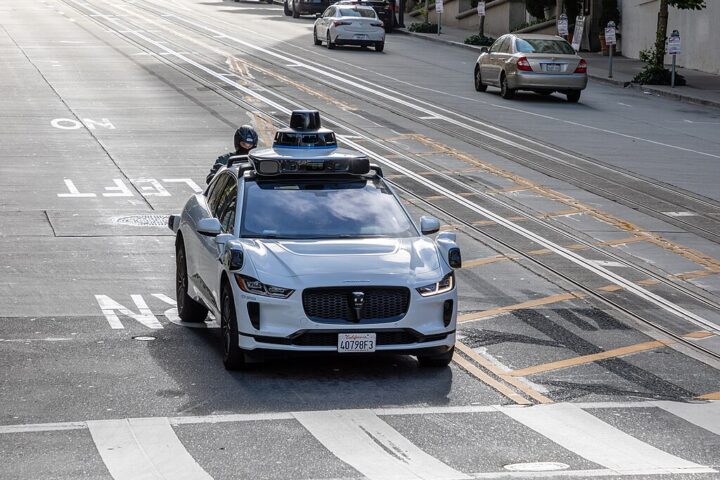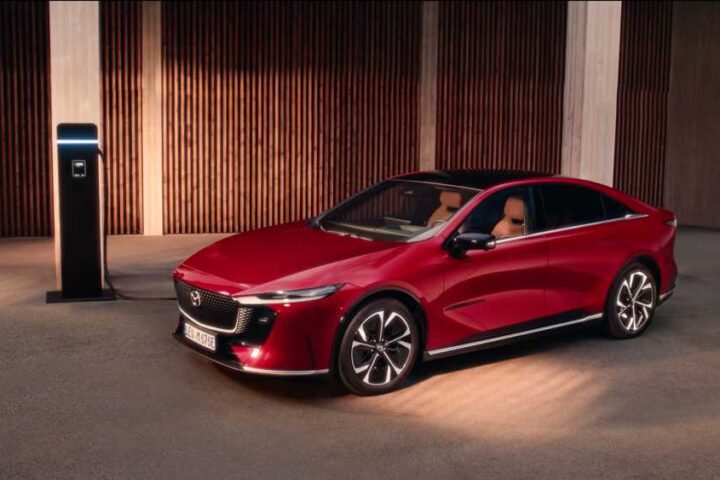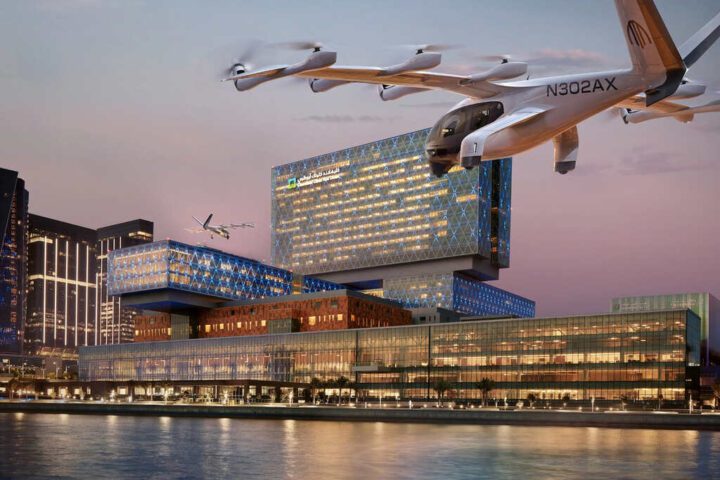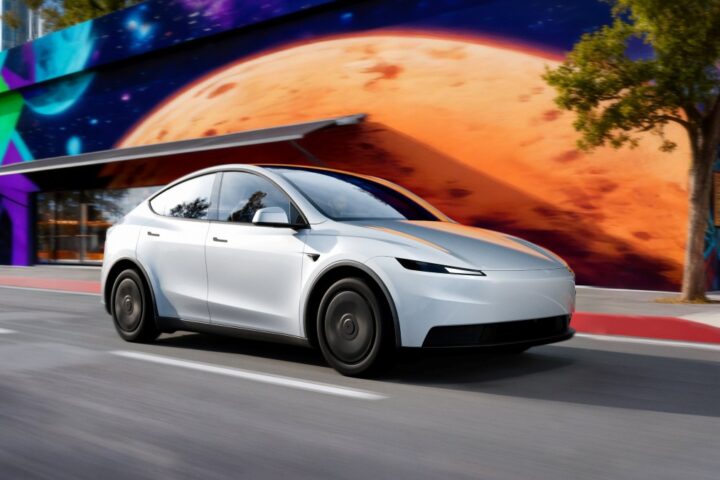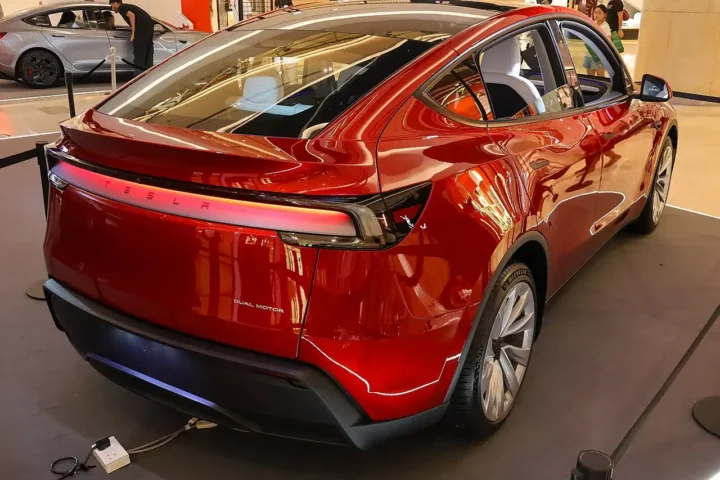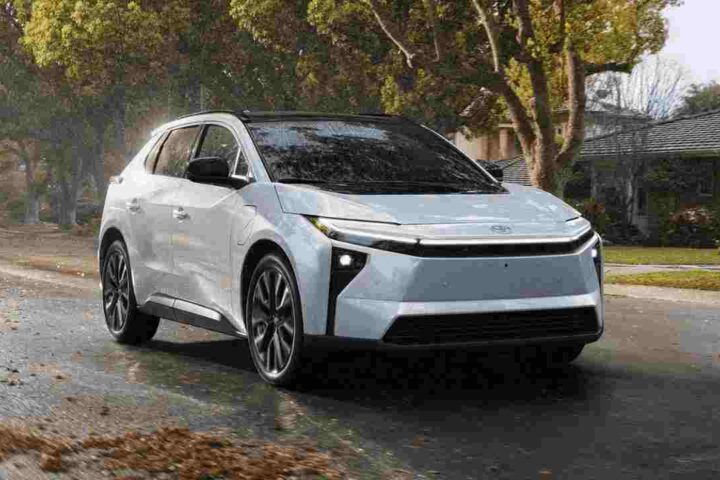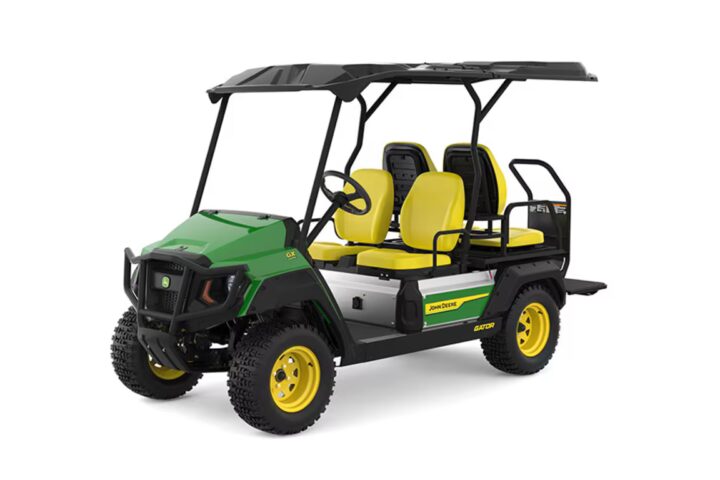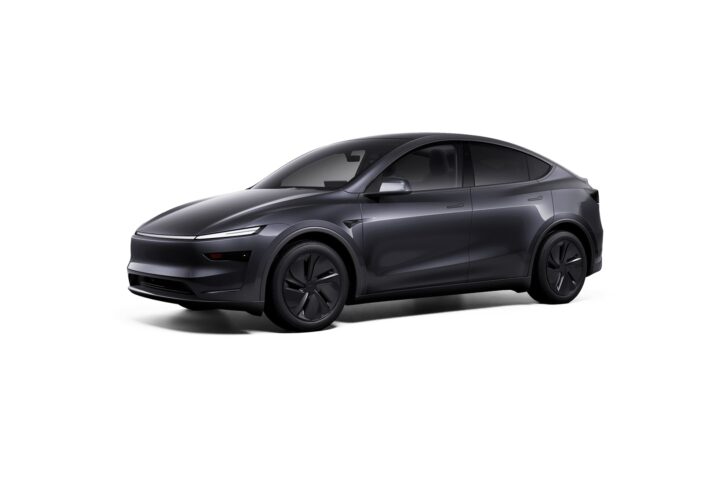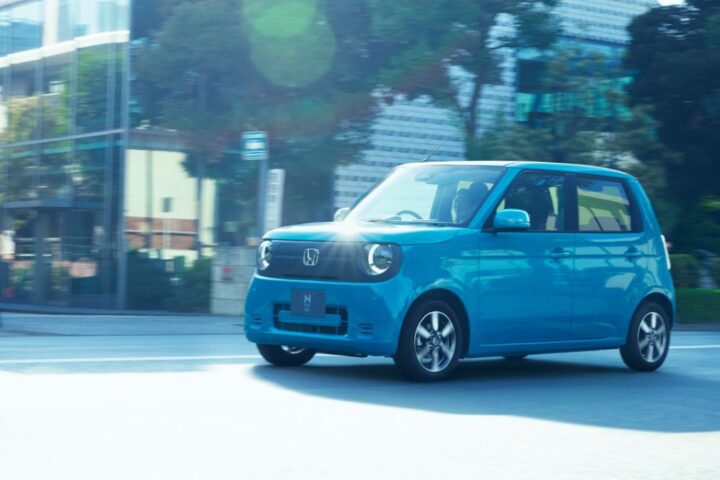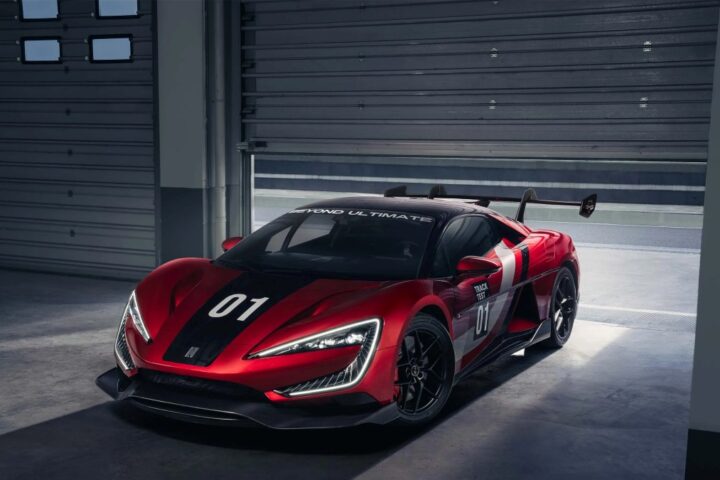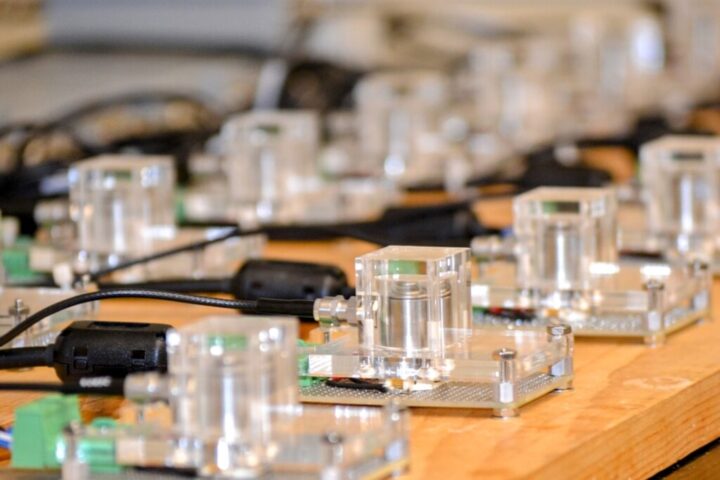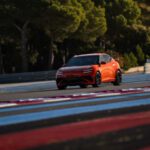General Motors (GM) and LG Energy Solution have announced plans to develop a new type of battery that could make electric trucks and SUVs more affordable and practical. The companies aim to be the first to use lithium manganese-rich (LMR) prismatic battery cells in electric vehicles by 2028.
What Makes These Batteries Special?
The new batteries use more manganese – an abundant and less expensive material – instead of relying heavily on costly minerals like cobalt and nickel found in today’s EV batteries.
“We’re pioneering manganese-rich battery technology to unlock premium range and performance at an affordable cost, especially in electric trucks,” said Kurt Kelty, GM’s VP of battery, propulsion, and sustainability.
Think of it like substituting a common ingredient for a rare spice in a recipe – you get similar results at a lower cost.
Better Performance at Similar Cost
These new LMR batteries will pack 33% more energy than today’s lithium iron phosphate (LFP) batteries while costing about the same. This means electric trucks could travel farther without raising prices.
GM is targeting more than 400 miles of range for electric trucks using this technology. That’s like driving from New York to Boston and back on a single charge.
Solving Past Problems
LMR battery technology isn’t new, but it has faced serious challenges in the past. These batteries typically didn’t last long enough and lost power too quickly to be practical.
GM and LG Energy Solution claim they’ve fixed these problems through years of research. GM began studying manganese-rich batteries in 2015, while LG Energy Solution has secured over 200 patents related to this technology since 2010.
Simpler Design, Lower Costs
The new batteries will use a prismatic (rectangular) design instead of the pouch-style cells GM currently uses. This change alone will reduce battery pack components by 50% and module components by 75%.
Imagine replacing a complex puzzle with fewer, larger pieces – the picture is the same, but it’s easier to assemble and uses less material.
Similar Posts
Production Timeline
Commercial production will begin at Ultium Cells facilities in the United States by 2028. Ultium Cells is a joint venture between GM and LG Energy Solution. Pre-production is expected to start at an LG Energy Solution facility by late 2027.
The final design will be validated at GM’s Battery Cell Development Center in Warren, Michigan, which should open in early 2027.
Part of a Bigger Strategy
GM isn’t putting all its eggs in one basket. The company plans to use different battery types for different vehicles:
- LFP batteries for smaller, entry-level EVs
- High-nickel batteries for high-performance models
- LMR batteries for trucks and SUVs needing long range at lower cost
What This Means for Consumers
If successful, these batteries could help make electric trucks and SUVs more practical and affordable for everyday drivers. The technology addresses two major concerns people have about electric vehicles: cost and range.
By cutting battery costs and increasing range, GM hopes to reach what Kelty calls the “linchpin for mass adoption” – making electric vehicles competitive with gas-powered ones in both price and performance.

GM isn’t alone in pursuing this technology. Ford has also announced plans to develop LMR batteries before 2030, suggesting that major automakers see manganese-rich chemistry as an important part of our electric future.
While we won’t see these batteries in vehicles until 2028 at the earliest, their development represents an important step toward making electric vehicles a practical choice for more drivers.


